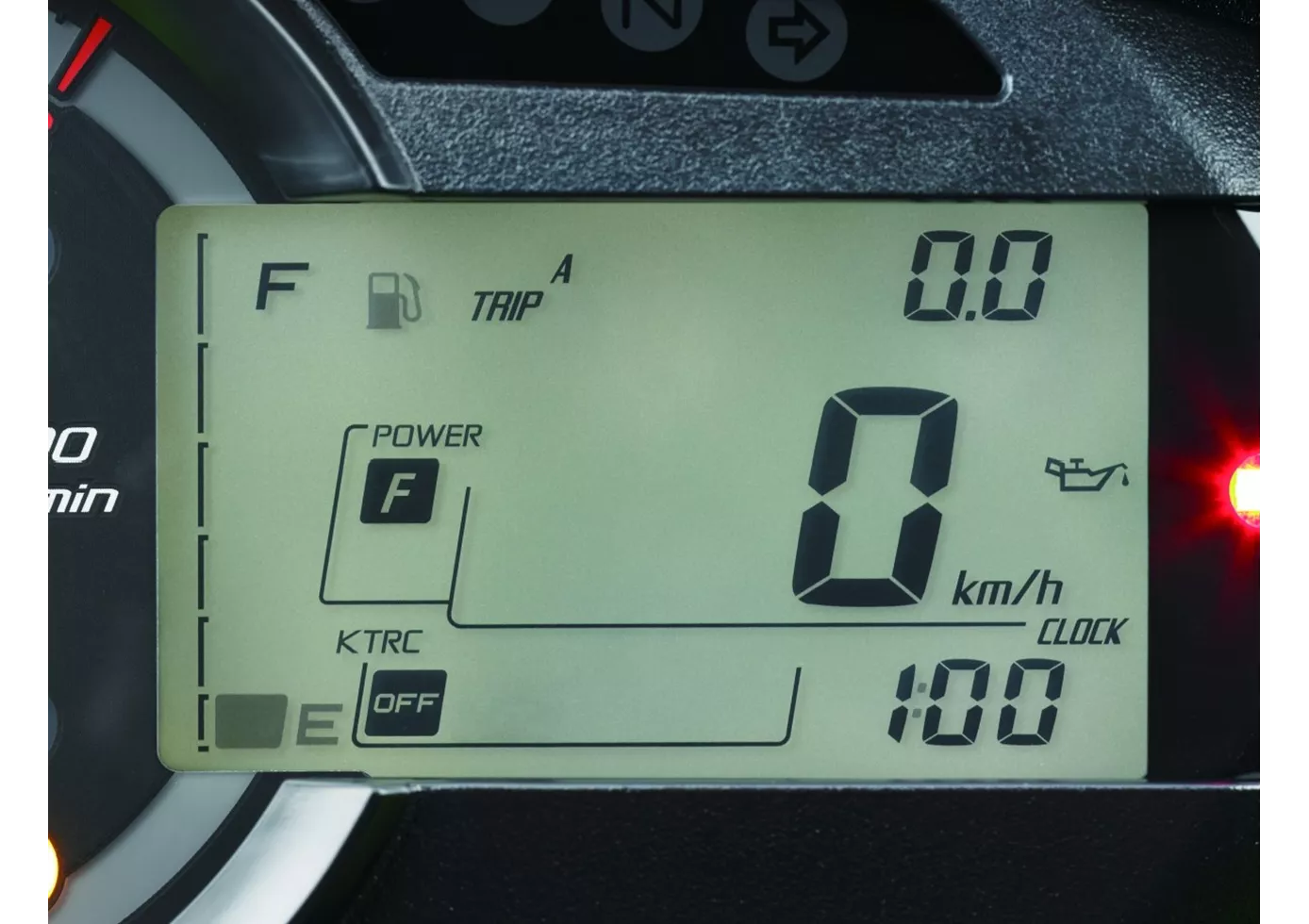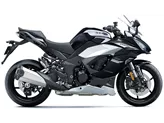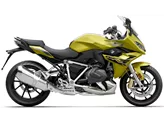Kawasaki ER-6n 2013 vs. Kawasaki Z1000SX 2014

Kawasaki ER-6n 2013

Kawasaki Z1000SX 2014
Overview - Kawasaki ER-6n 2013 vs Kawasaki Z1000SX 2014
The Kawasaki ER-6n model year 2013 and the Kawasaki Z1000SX model year 2014 are both motorcycles from Kawasaki, but they have several differences in terms of specifications and features.
In terms of engine and drive train, both motorcycles have an in-line engine type and a chain transmission. However, the Kawasaki ER-6n has a 2-cylinder engine with 72 HP of power and 64 Nm of torque, while the Kawasaki Z1000SX has a 4-cylinder engine with a much higher power of 142 HP and torque of 111 Nm. The displacement of the ER-6n is 649ccm, while the Z1000SX has a displacement of 1043ccm. Both motorcycles have a 4-stroke engine and liquid cooling.

Kawasaki ER-6n 2013
When it comes to braking, both motorcycles have double disk brakes at the front. However, the Kawasaki Z1000SX has four-piston brakes at the front, while the ER-6n has double-piston brakes. The Z1000SX also has radial, monoblock, petal technology, which provides better braking performance compared to the ER-6n.
In terms of dimensions and weights, the Kawasaki Z1000SX has a slightly longer wheelbase of 1445mm compared to the ER-6n's 1410mm. The seat height of the Z1000SX is also higher at 822mm, while the ER-6n has a seat height of 805mm. The Z1000SX is heavier with a kerb weight of 231kg, while the ER-6n weighs 204kg. The Z1000SX also has a larger fuel tank capacity of 19 liters, while the ER-6n has a capacity of 16 liters.
Now let's discuss the strengths and weaknesses of each motorcycle. The Kawasaki ER-6n 2013 is known for its solid handling and high-quality level. On the other hand, it has a weak brake, which can be a disadvantage for some riders.

Kawasaki Z1000SX 2014
The Kawasaki Z1000SX 2014, on the other hand, has a confident and powerful engine, which provides a thrilling riding experience. It also has a fairing suitable for touring, making it a great choice for long rides. The sporty layout of the Z1000SX, along with its good traction control, makes it a versatile motorcycle that can handle different riding conditions. Additionally, the well-integrated pannier system adds to its practicality. However, some riders may find the Z1000SX's handling in tight corners to be unconventional, and the windshield could be higher for better wind protection.
In conclusion, the Kawasaki ER-6n 2013 and the Kawasaki Z1000SX 2014 are two motorcycles with distinct differences in terms of specifications and features. While the ER-6n is known for its solid handling and high quality, the Z1000SX offers a more powerful engine, touring capabilities, and versatile performance. It's important for riders to consider their preferences and riding needs when choosing between these two models.
Technical Specifications Kawasaki ER-6n 2013 compared to Kawasaki Z1000SX 2014
Pros and Cons in comparison
Pros and Cons in comparison
Kawasaki ER-6n 2013

The engine is hearty and a lot of fun, plus the ER shines with a Japanese meticulous finish and a fighting price.
Kawasaki Z1000SX 2014

The Z 1000 SX is a great middle ground, indeed the optimal intersection between sport and touring motorbike. There are not many bikes that manage this so well.
Price Comparison Avarage Market Price Kawasaki ER-6n vs Kawasaki Z1000SX
There are a few key differences between a Kawasaki ER-6n 2013 and a Kawasaki Z1000SX 2014. It takes less time to sell a Kawasaki ER-6n with 42 days compared to 74 days for a Kawasaki Z1000SX. Since model year 2006 1000PS.de editors have written 16 reviews for the Kawasaki ER-6n and 14 reviews for the Kawasaki Z1000SX since model year 2011. The first review for the Kawasaki ER-6n was published on 6/29/2005 and now has more than 11,200 views. This compares to more than 9,900 views for the first review on Kawasaki Z1000SX published on 10/5/2010.





















